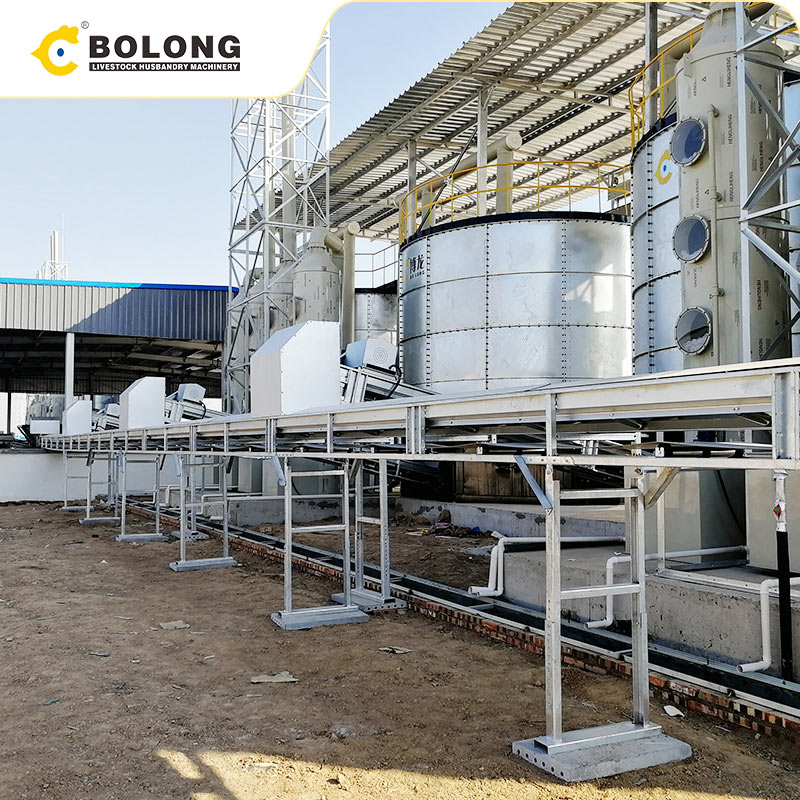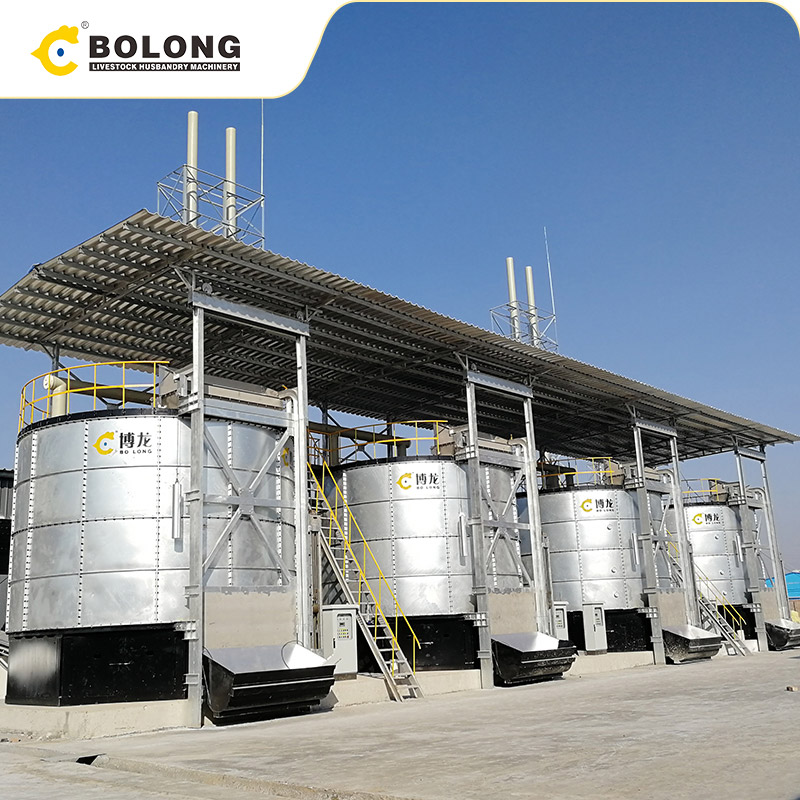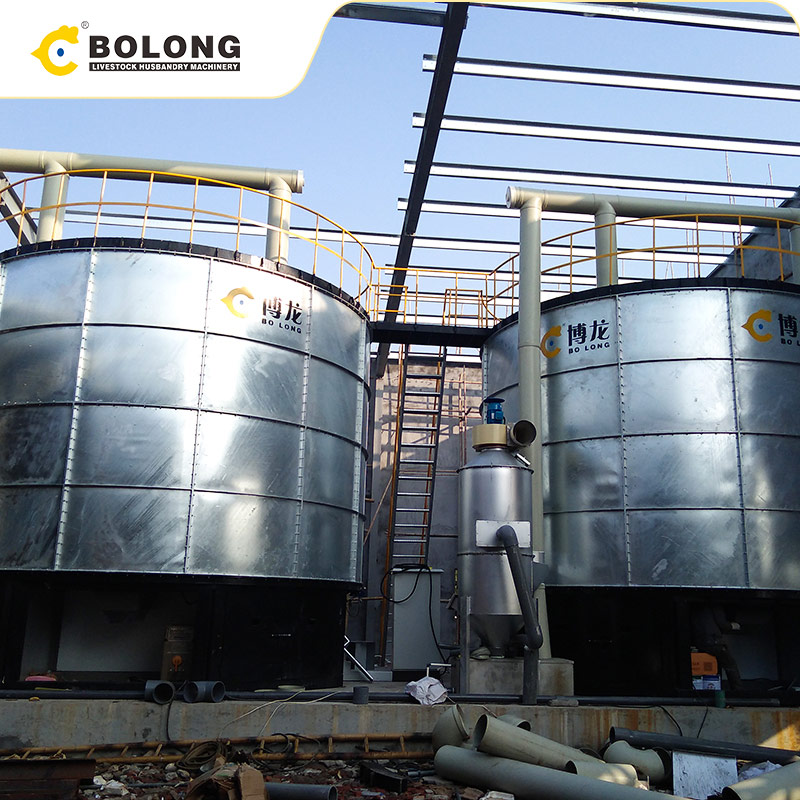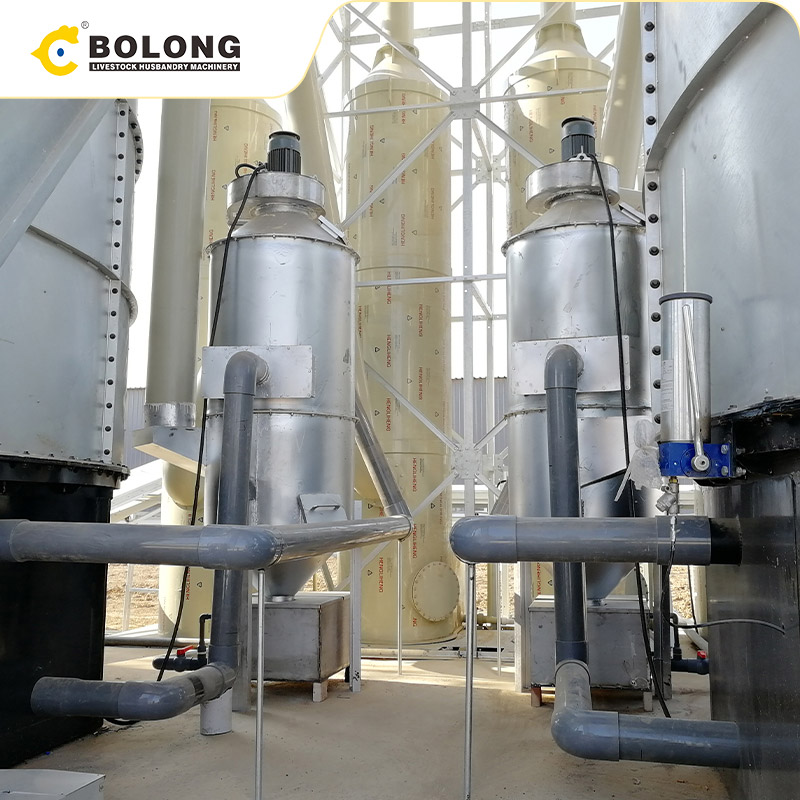At a time when organic agriculture is booming, organic fertilizer composting machines are key equipment for treating organic waste and producing high-quality organic fertilizer. The correct use of organic fertilizer composting machines can not only improve production efficiency, but also reduce costs and ensure the quality of fertilizers.
Before use, be sure to carefully check the various components of the organic fertilizer composting machine. Check whether there are scratches or cracks on the composting machine body to ensure sealing and avoid material leakage and odor. Check the stirring device to ensure that the stirring blades are firm, not deformed or loose, and the motor runs smoothly. Uneven stirring will affect the mixing and fermentation uniformity of the materials. At the same time, confirm that the ventilation system pipes are unobstructed and the fan is operating normally, which is crucial to maintaining the oxygen supply during the fermentation process. Such a detailed inspection must be carried out on each composting machine to ensure the normal operation of the equipment.
Collected organic waste, such as livestock and poultry manure, crop straw, etc., need to be pretreated. According to the capacity of the composting machine, the straw is crushed to a suitable length for fermentation. Different raw materials are reasonably matched according to the appropriate carbon-nitrogen ratio, and appropriate amounts of microbial agents are added to provide support for fermentation. According to the actual situation of each composting machine, the ratio of raw materials and microbial agents should be accurately adjusted to lay the foundation for efficient fermentation.

Temperature, pH value and ventilation volume are the core parameters of fermentation. The temperature of the composting machine is controlled in a range suitable for microbial growth and can effectively kill harmful pathogens and eggs, and the pH value is maintained in a range suitable for microbial survival using a pH regulator. The ventilation volume needs to be flexibly adjusted according to the fermentation stage. In the early stage, the microbial growth is vigorous and the oxygen demand is high, so the ventilation volume can be appropriately increased; in the later stage, it can be appropriately reduced. Pay close attention to the changes in the parameters of the composting machine and adjust them in time to ensure the smooth progress of the fermentation process.
Regular stirring can make the material fully contact with the microorganisms and promote the uniform distribution of heat, oxygen and nutrients. Note that the stirring speed should not be too fast to avoid destroying the material structure and microbial activity; it should not be too slow, otherwise the effect of uniform mixing cannot be achieved. According to the scientific stirring frequency and speed, stir the materials in the composting machine to improve the fermentation efficiency.

When the fermented materials reach the mature state, they can be discharged. The judgment criteria are that the color of the material changes to dark brown or black, the texture is loose, there is no obvious odor, and the temperature drops to room temperature. Discharging too early will result in insufficient maturity of the fertilizer and poor fertilizer efficiency; discharging too late may lead to nutrient loss. Accurately judge the timing of discharging the materials in the composting machine to ensure the quality of the fertilizer.
After discharging, the organic fertilizer should be stored in a dry and well-ventilated warehouse to avoid direct sunlight and rain to prevent fertilizer agglomeration and nutrient loss. The fertilizer can be further processed, such as granulation, adding trace elements, etc., to improve the commerciality and applicability of the fertilizer and meet the needs of different users. Properly handle the fertilizer produced by the composting machine to enhance its economic value.

If problems such as slow fermentation speed or abnormal temperature occur, it may be caused by improper raw material ratio, insufficient activity of microbial agents or poor ventilation. The solution is to readjust the raw material ratio, add active agents, and check and optimize the ventilation system. When the composting machine is abnormal, quickly check the problem and take effective measures to solve it.
If the fertilizer produced is not fertile enough, check whether the carbon-nitrogen ratio of the raw materials is appropriate, whether the amount of microbial agents added is sufficient, and whether the parameters in the fermentation process are accurately controlled, and make targeted adjustments and optimizations. For the problem of poor quality of fertilizer output from the composting machine, analyze the reasons in depth and make improvements.

Master the correct use of organic fertilizer composting machines, do a good job in pre-operation preparation, fermentation process control, discharging and subsequent treatment, and solve common problems in time, so as to give full play to their effectiveness and provide sufficient high-quality fertilizers for organic agriculture.